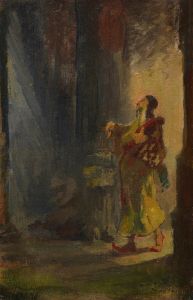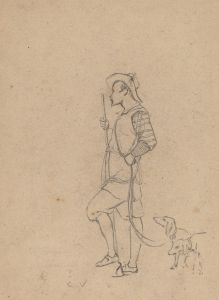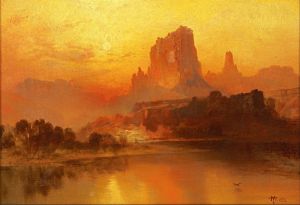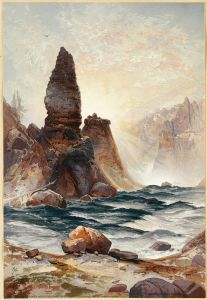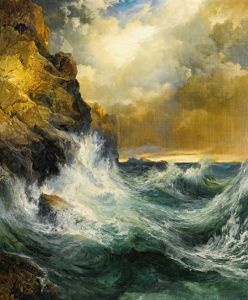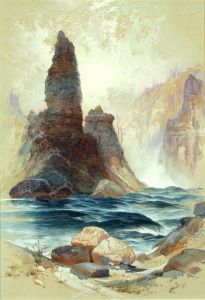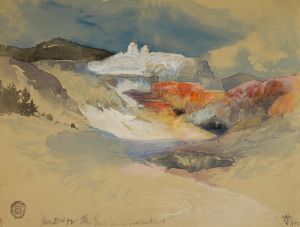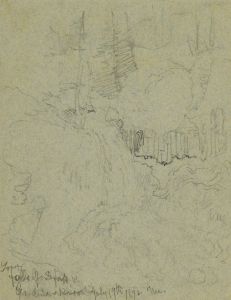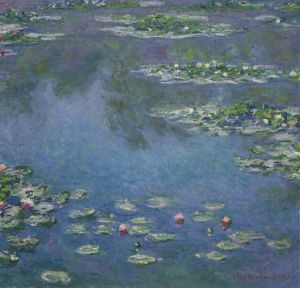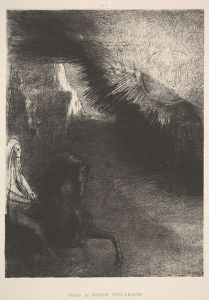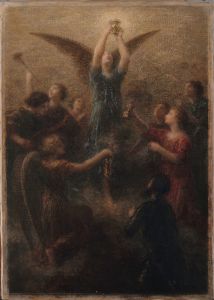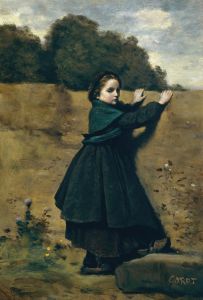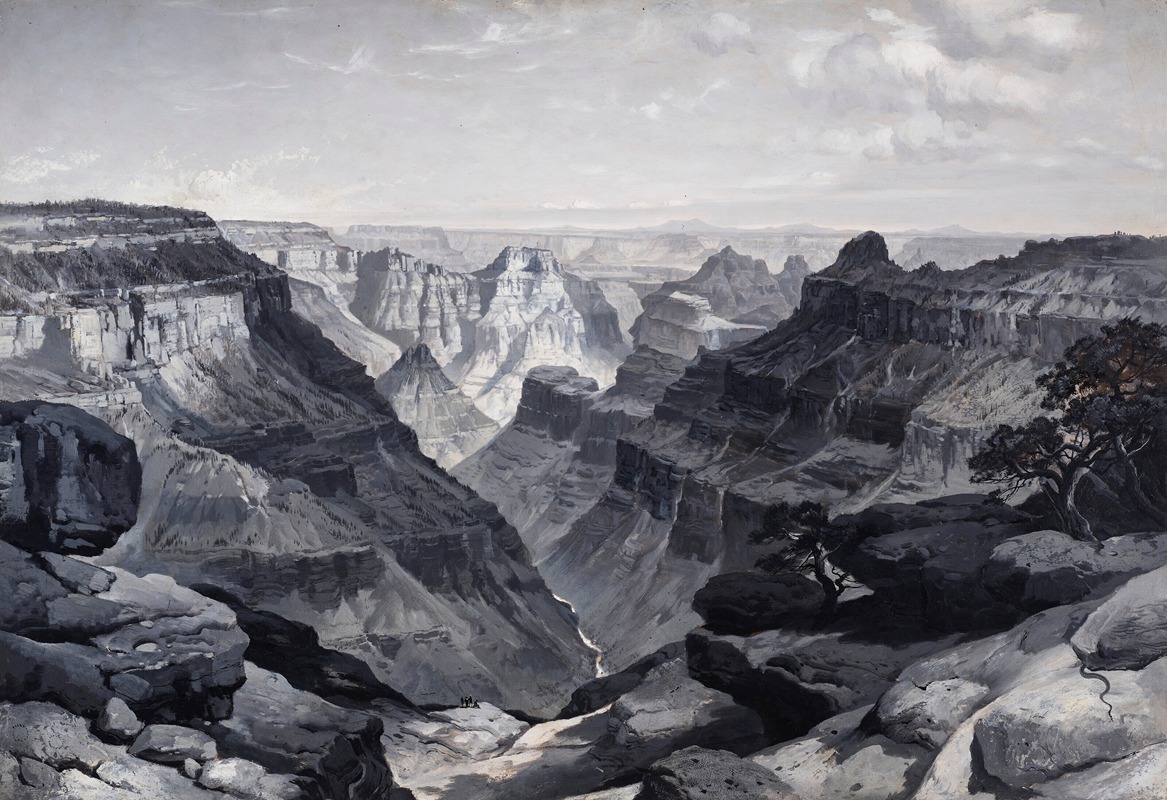
The Transept
A hand-painted replica of Thomas Moran’s masterpiece The Transept, meticulously crafted by professional artists to capture the true essence of the original. Each piece is created with museum-quality canvas and rare mineral pigments, carefully painted by experienced artists with delicate brushstrokes and rich, layered colors to perfectly recreate the texture of the original artwork. Unlike machine-printed reproductions, this hand-painted version brings the painting to life, infused with the artist’s emotions and skill in every stroke. Whether for personal collection or home decoration, it instantly elevates the artistic atmosphere of any space.
Thomas Moran was an American painter and printmaker of the Hudson River School in New York whose work often featured the rugged landscapes of the American West. One of his notable works is "The Transept," a painting that captures the grandeur of the natural world with a focus on the dramatic landscapes of the American frontier.
"The Transept" is a depiction of a specific geological feature within the Grand Canyon, a subject Moran frequently explored in his art. The painting is celebrated for its vivid portrayal of the canyon's vastness and the intricate play of light and shadow across its rocky surfaces. Moran's work was instrumental in bringing the beauty of the American West to the attention of the public and government officials, contributing to the conservation movement and the establishment of national parks.
Thomas Moran's journey to the Grand Canyon was part of the Hayden Geological Survey of 1871, a pivotal expedition that aimed to document the western territories of the United States. Moran was invited to join the survey as an artist, and his sketches and paintings from this trip were crucial in conveying the awe-inspiring landscapes to those who had never seen them. His artwork, including "The Transept," played a significant role in influencing the U.S. Congress to establish Yellowstone as the first national park in 1872.
Moran's technique in "The Transept" reflects his mastery of color and light, capturing the canyon's depth and the atmospheric conditions that change throughout the day. His use of warm tones and detailed brushwork brings the scene to life, allowing viewers to experience the majesty of the canyon as if they were standing at its edge. The painting exemplifies Moran's ability to blend realism with a romantic sensibility, a hallmark of the Hudson River School.
The impact of Moran's work extends beyond its artistic value; it also had a profound influence on the perception of the American landscape. His paintings, including "The Transept," helped to foster a sense of national pride and identity, emphasizing the unique beauty of the American wilderness. Moran's art encouraged the preservation of these natural wonders for future generations, highlighting the importance of protecting the environment.
Today, "The Transept" is recognized as an important piece of American art history. It is housed in various collections and continues to be studied and admired for its contribution to both art and conservation. Moran's legacy as an artist who captured the spirit of the American West endures, and his work remains a testament to the power of art to inspire change and appreciation for the natural world.





